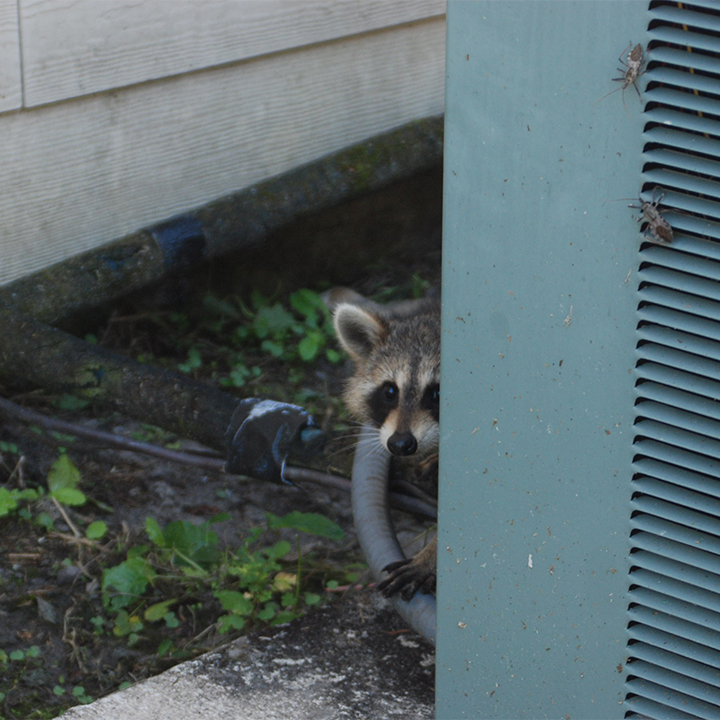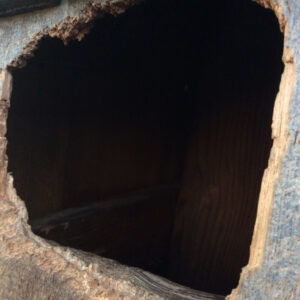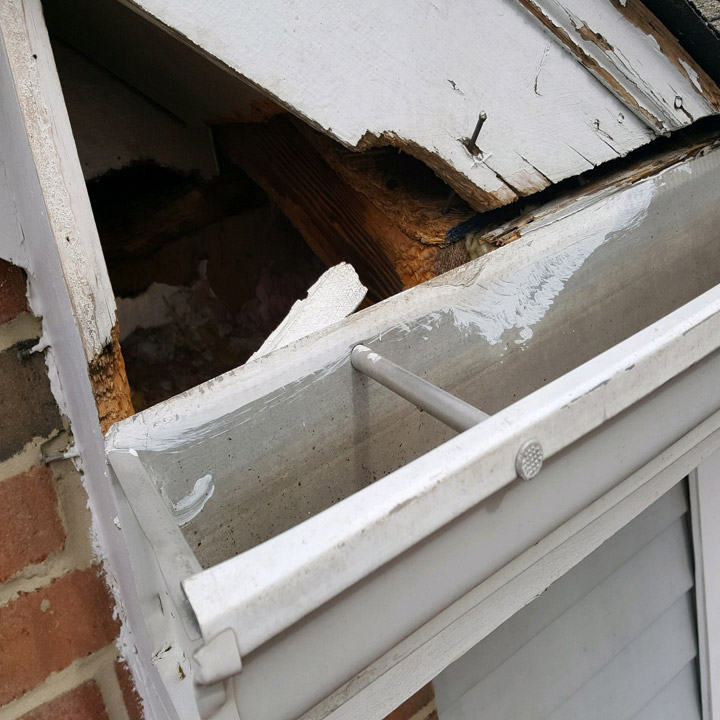[toc]

Raccoon Trapping & Removal
We can help you with raccoon removal issues in and around Pasadena Texas. These masked creatures can be mischievous and they are capable of causing many problems in and around your home. They are nocturnal so damage usually happens at night. They will tear up your lawn while digging for grubs and worms. They can also cause roof damage as they tear their way into your attic and make dens.
Call us at the first sign of trouble or if you think you may have some living in your attic. We will inspect your home to identify the problem. If you do have raccoons in your house, our experts can help. We will offer you a plan for the removal of the pests and for any repairs necessary to after they are gone. Our team will also make sure they do not get back in. A few of the areas we often find them using to build nests are chimneys, crawlspaces, and attics. We remove them safely so your family and pets are not harmed. We are well versed in all laws in Texas and Harris County so you can be assured the job will be done correctly and all guidelines will be followed.

Raccoons In Attic
These deceivingly cute animals are pests. They can create a lot of damage in a very short time. Call us immediately if you have raccoons in your attic. Do not allow your attic to become their home. They will tear up your insulation and damage wood and drywall. Most of the time they are just looking for a place to make a home for their young and they will use anything they find to make a nest. We can help you take back your home by removing them and excluding them so they can not return.
Your insulation will be a target for sure. It will likely be saturated with urine and feces. This can create a very strong, unpleasant odor. Our professional team can safely clean, deodorize existing insulation. We can also remove and replace any insulation that is beyond repair. Removing the raccoons is just the beginning. Traps will be set and then any holes or entry points are sealed to keep them out. Call us as soon as you think you have a problem.

Animal Damage Roof
Another target for destruction by raccoons is your roof. When they are trying to get in they will do whatever they can. This includes tearing shingles and ripping into the wood that makes up your roof. Putting you at risk for water damage and rotting wood.
There are a few tried and true ways to prevent further damages. We can trap them to get them off of the roof. Then, caps will be placed on the chimney to prevent them from entering. You may also have damage to vents or siding that was damaged during their quest to find a home. Our team can seal the holes to prevent their return.
In the Yard
Raccoons can be just as big of a problem in your yard as they can in your home. If you hear noises by the outside trash cans at night, you probably have raccoons in your yard. These animals really are clever and they will get into your trash while looking for food. Sometimes that search becomes about grubs and worms in your yard as well. We can trap them and safely remove them from your yard. Remember that they can be disease carriers so your pets may be at risk if they are in the yard.
General Raccoon FAQs
Do all raccoons carry diseases?
Humans should be particularly cautious of daylight raccoons because they are common carriers of rabies, roundworms and leptospirosis. If cornered they may attack you or your pet. Their feces may carry roundworm eggs that can be transferred to you or your pets.
What kinds of damage can raccoons cause?
Raccoon damage can cost you thousands of dollars in damaged insulation and inflated heating and cooling bills. They also frequently destroy ventilation and electrical systems. Without repair, they can lead to fire, water and mold damage.
How do raccoons get in my attic?
Raccoons often get onto the roof from nearby trees. They will then scratch and chew their way into the attic. They may find a small gap in a soffit or under an eave and chew and scratch at it until it is large enough for them to pass through and make their way into the attic.
